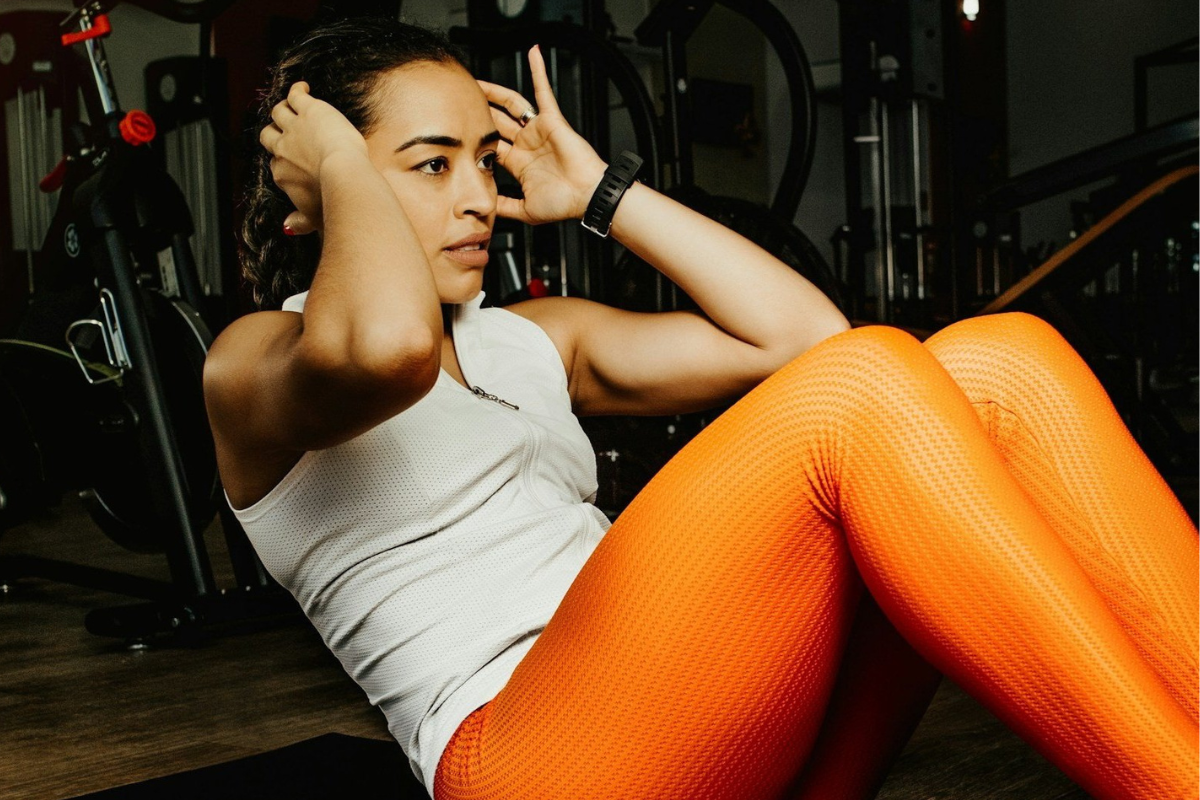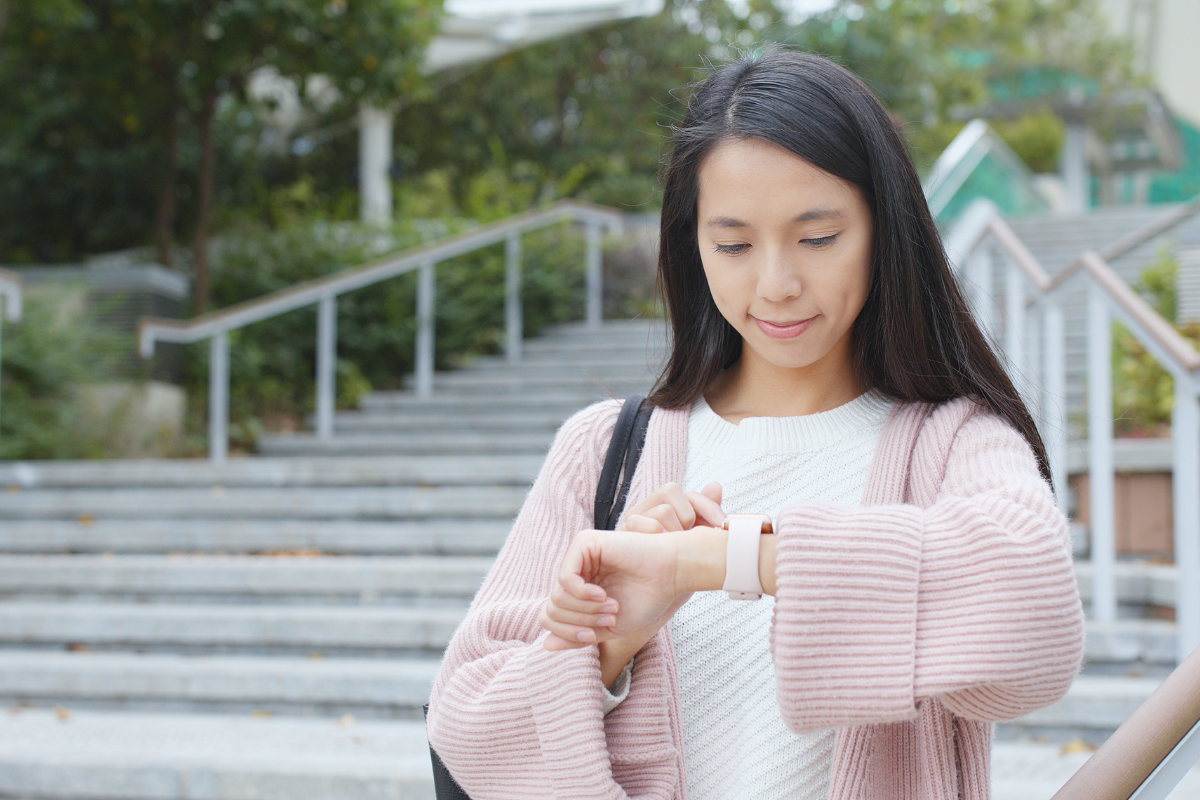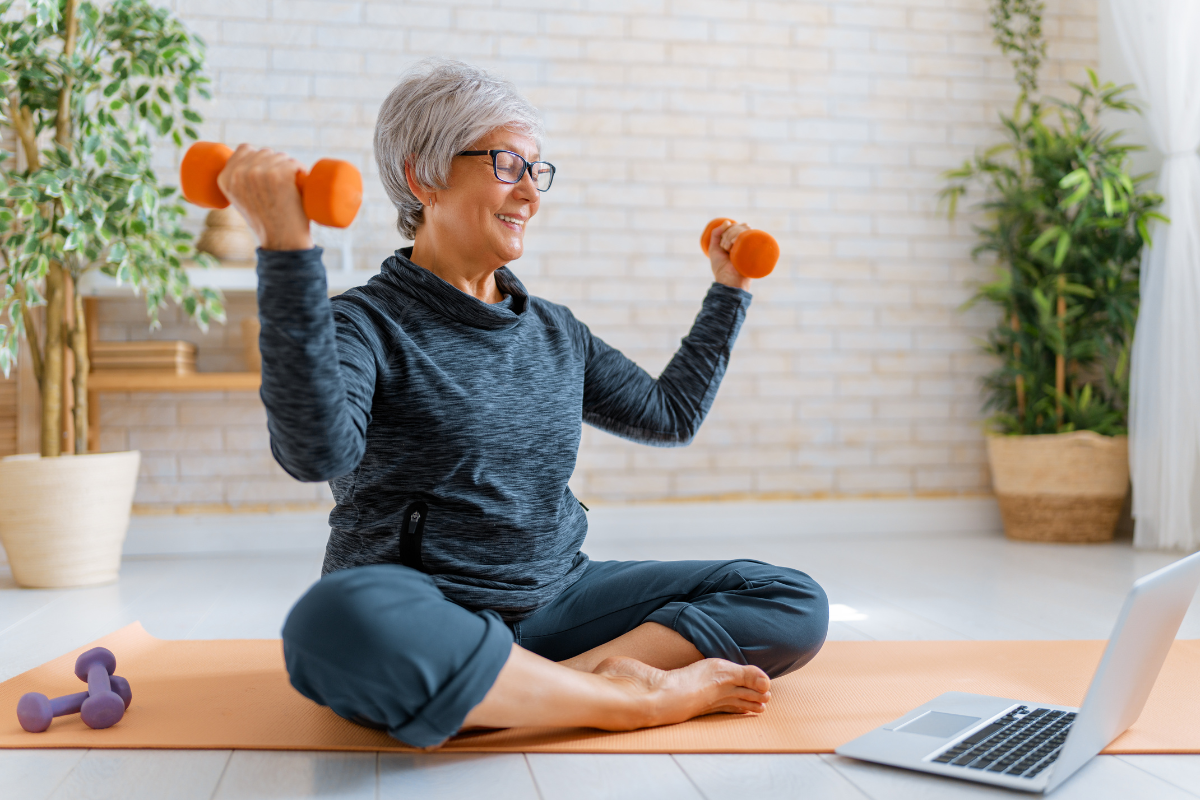Shiftworkers can face serious health and wellbeing issues as a result of their non-standard work commitments. The Healthy Shiftwork project set out to develop tailored, engaging, information for young shiftworkers (18-25 years), on topics including physical activity – a vital pillar of health that is significantly impacted by shiftwork.

The Importance of Physical Activity for Health
Physical activity (i.e. all bodily movement) is a key pillar of health – something that you should prioritise to maintain your overall health and wellbeing (1). From improving sleep and reducing stress to boosting your overall health, the benefits are extensive (2,3). Physical activity can also improve fatigue levels (4), increase overall work performance and productivity, and reduce absenteeism (5), and reduce the risk of injury (6).
As a shiftworker, your schedule might be unpredictable, but prioritising physical activity is an important part of staying physically and mentally healthy.
How Much Physical Activity Do You Need?
Healthy adults should aim for 2.5-5.0 hours of moderate-intensity activities (e.g. brisk walking, swimming, etc.) or 1.25-2.5 hours of more high-intensity exercises (e.g. jogging, soccer, etc.), or a combination of both, in addition to at least two muscle-strengthening activities (e.g. weightlifting, heavy chores, etc.) each week (1).
To help achieve these targets, trackers and online tools can be a game-changer. These gadgets and apps can offer personalised workout routines, as well as simple insights, like the number of steps you take each day, through to measuring your workout intensity by tracking your heart rate. Additionally, they provide a fun and engaging way to track your progress and share insights with friends, family, or healthcare professionals.
What Types of Exercises Are Best for Shiftworkers?
Shiftwork can often leave you feeling fatigued, which increases the risk of injury and mistakes. Incorporating the right types of exercises into your routine can help improve your energy and reduce the chances of accidents.
Aerobic Exercises
- Walking
- Jogging
- Skipping
- Dancing
Dynamic Stretching
- Arm swings
- Hip circles
- High stepping
- Leg circles
- Lunges
Exercising outdoors, known as "green" or "blue" exercise, is particularly beneficial. Exposure to natural sunlight during outdoor exercise can help reduce fatigue (7,8) and promote alertness, making it an ideal choice for shiftworkers. Additionally, the natural environment can elevate mood and reduce negative emotions. Sunlight exposure also helps regulate the circadian rhythm, which is especially important for those working non-traditional hours.
Safety Tips for Exercising at Odd Hours
For shiftworkers who may need to exercise during unconventional hours, safety should always be a consideration. Opt for well-lit, populated areas for late-night or early morning workouts, and consider wearing reflective clothing and carrying safety gear, such as a personal alarm, to enhance your safety. Letting someone know about your exercise plans, particularly if these involve being out and about at unusual hours, is also advisable. Safety measures ensure that you can continue to enjoy your workouts at any hour with peace of mind.
Simple Ways to Incorporate Activity into Your Day
You don’t need to spend hours at the gym to reap the benefits of physical activity. Here are simple ways to get moving during your workday:
- Consider taking the stairs instead of elevators
- Going for a brisk walk on your break
- Quick bursts of body weight exercises like star jumps, push-ups, and squats
These short bursts of activity can reduce feelings of fatigue and improve alertness during shifts, helping you stay productive and focused at work (9,10).
When Is the Best Time to Exercise?
Regular exercise is a powerful tool to boost your health and wellbeing, including your sleep quality (2). Contrary to older beliefs that warned against exercising before bed, newer research suggests that moderate-intensity exercise before bed isn’t harmful and can be beneficial for sleep (11,12).
However, it’s important to listen to your body. If you’re feeling fatigued, your body is telling you that it needs rest, so it’s important to prioritise recovery over physical activity. If you’re too tired to exercise, don’t push yourself, and instead, have a nap or a full sleep to ensure you are looking after your overall health. If you feel like you really need to do some physical activity, pick low-intensity wind-down activities like stretching instead.
By integrating physical activity into your daily routine, even in small bursts, you can boost your health, manage fatigue, and enhance your performance at work, despite the challenges of shiftwork.
For more information visit healthyshiftwork.com.au.
About the Author
Grace Vincent is an Associate Professor at CQUniversity’s Appleton Institute. Her mission is to help Australia’s workers get better sleep by collaborating with researchers and industry to create healthier and safer workplaces. This mission is supported by a vibrant and cohesive research team Associate Professor Grace Vincent continues to grow, with shared values of scientific integrity, compassion, mentoring, and collaboration.
Associate Professor Vincent's research program focuses on three key areas: improving sleep and health in workplace settings, understanding how physical activity and diet influence sleep, and developing behavioural interventions to promote better sleep health. Since Associate Professor Vincent was awarded a PhD from Deakin University in 2016, she have published more than 100 publications and secured more than $4 million in research funding - including an ARC-DECRA, 2xARC-DP's and an MRFF. Associate Professor Vincent has received more than 25 research awards.
Associate Professor Vincent is a South Australian Tall Poppy, winner of the Rob Pierce Grant in Aid and Nick Antic Career Development Award, winner of the National 5-Minute Research Pitch Competition and has received the CQUniversity Vice Chancellor’s Award for both Outstanding Early Career and Mid-Career Research. Associate Professor Vincent has supervised programs of research for 12 PhD students, 25 Honours students and 13 summer scholars. For more details on Associate Professor Grace Vincent's work, visit gracevincent.com.au.

References
- Australian Government Department of Health and Aged Care. For adults (18 to 64 years) [Internet]. 2021 Jan 14 [cited 2025 Mar 21]. Available from: https://www.health.gov.au/topics/physical-activity-and-exercise/physical-activity-and-exercise-guidelines-for-all-australians/for-adults-18-to-64-years
- Dolezal BA, Neufeld EV, Boland DM, Martin JL, Cooper CB. Interrelationship between sleep and exercise: A systematic review. Adv Prev Med. 2017;2017:1364387. doi: 10.1155/2017/1364387.
- Mikkelsen K, Stojanovska L, Polenaković M, Bosevski M, Apostolopoulos V. Exercise and mental health. Maturitas. 2017;106:48–56. doi: 10.1016/j.maturitas.2017.09.003.
- Wolff MB, O'Connor PJ, Wilson MG, Gay JL. Associations between occupational and leisure-time physical activity with employee stress, burnout and well-being among healthcare industry workers. Am J Health Promot. 2021;35(7):957–965.
- Grimani A, Aboagye E, Kwak L. The effectiveness of workplace nutrition and physical activity interventions in improving productivity, work performance and workability: A systematic review. BMC Public Health. 2019;19(1):1676. doi: 10.1186/s12889-019-8033-1.
- Folkard S, Tucker P. Shift work, safety and productivity. Occup Med (Lond). 2003;53(2):95–101. doi: 10.1093/occmed/kqg047.
- Richter K, Acker J, Adam S, Niklewski G. Prevention of fatigue and insomnia in shift workers—A review of non-pharmacological measures. EPMA J. 2016;7(1):16. doi: 10.1186/s13167-016-0064-4.
- Thompson Coon J, Boddy K, Stein K, Whear R, Barton J, Depledge MH. Does participating in physical activity in outdoor natural environments have a greater effect on physical and mental wellbeing than physical activity indoors? A systematic review. Environ Sci Technol. 2011;45(5):1761–1772. doi: 10.1021/es102947t.
- Eriksen W, Bruusgaard D. Do physical leisure time activities prevent fatigue? A 15 month prospective study of nurses' aides. Br J Sports Med. 2004;38(3):331–336. doi: 10.1136/bjsm.2002.004390.
- Lambourne K, Tomporowski P. The effect of exercise-induced arousal on cognitive task performance: A meta-regression analysis. Brain Res. 2010;1341:12–24. doi: 10.1016/j.brainres.2010.03.091.
- Brand S, Kalak N, Gerber M, Kirov R, Pühse U, Holsboer-Trachsler E. High self-perceived exercise exertion before bedtime is associated with greater objectively assessed sleep efficiency. Sleep Med. 2014;15(9):1031–1036. doi: 10.1016/j.sleep.2014.05.016.
- Vincent GE, Sargent C, Roach GD, Miller DJ, Kovac K, Scanlan AT, Waggoner LB, Lastella M. Exercise before bed does not impact sleep inertia in young healthy males. J Sleep Res. 2020;29(3):e12903. doi: 10.1111/jsr.12903.


Healthy Shiftwork

Are You Keeping Track? How to Best Use Your Physical Activity Tracker

Australia’s Physical Activity & Sedentary Behaviour Guidelines for Adults (18-64 Years)
